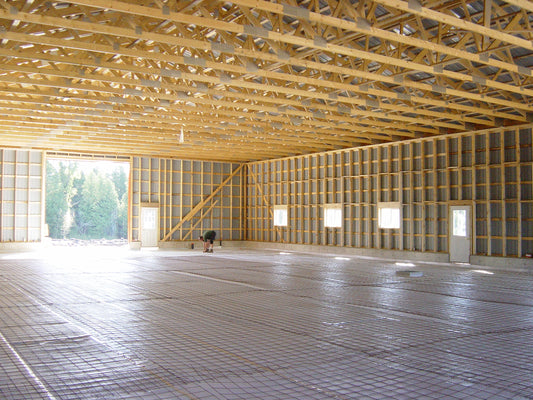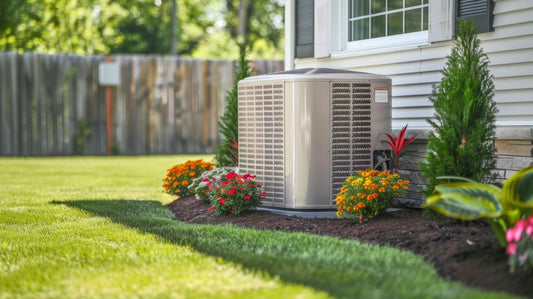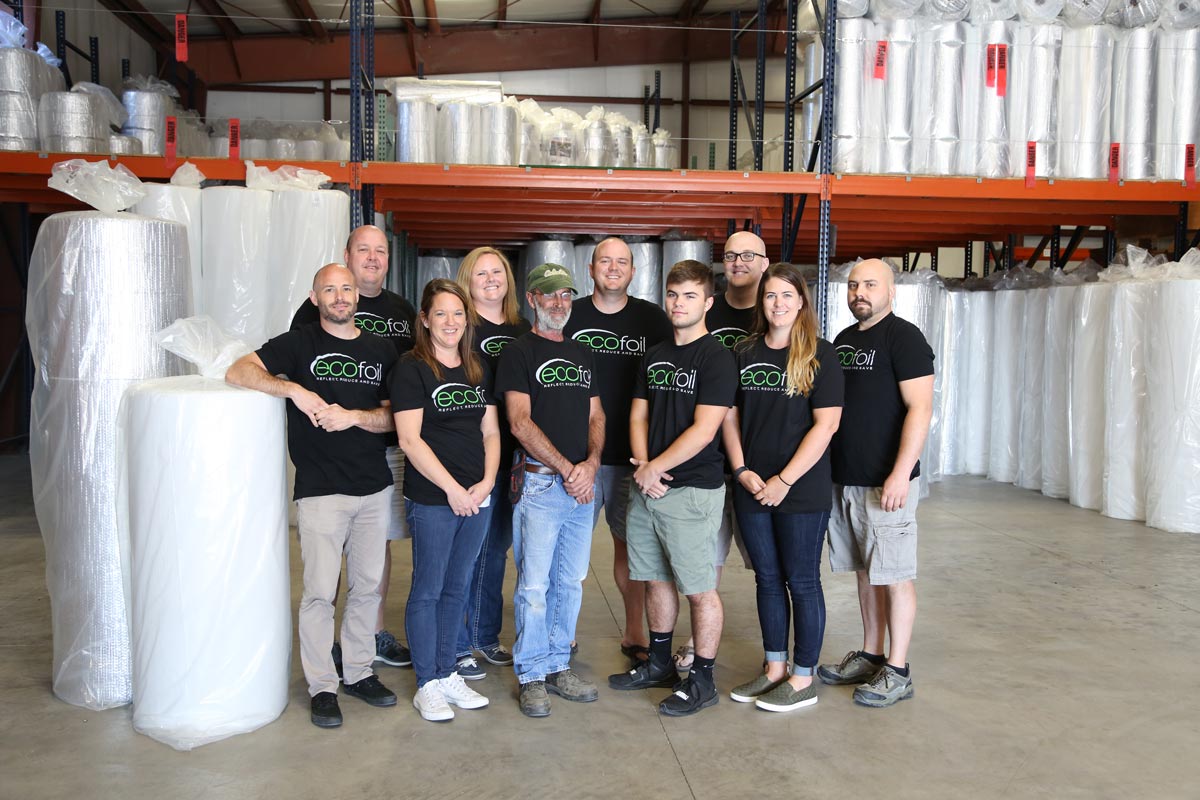How Does a Radiant Barrier Work?
What is Radiant Barrier: The power of heat reflective insulation
A radiant barrier is a layer of metallic foil that reflects up to 96% of radiant heat, assisting in the energy performance of a building. Radiant barriers work to reflect radiant heat back towards its source, keeping interior spaces warmer in the winter and cooler in the summer. Radiant heat barriers can be used in a variety of applications and climates, providing more comfort to indoor spaces, while saving you money on energy bills year-round.
The Science Behind Radiant Barriers
There are three different types of heat transfer. Let's take a look at how they work.
-

1. Conductive Heat Transfer
When you touch something hot, the heat is transfering to your skin via conductive heat transfer. Another example of this is setting a pan on a hot stove, where the heat conducts into your pan and then into your food, heating it up. In other words, conduction occurs when there is a direct contact between materials.
-
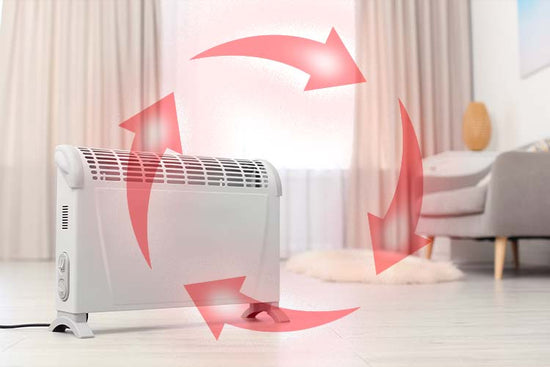
2. Convective Heat Transfer
Convection occurs when there is a movement of air. Imagine a cold room with a portable electric heater in it. As the heater runs, the air around it warms and rises. As warm air rises, it causes cold air to drop closer to the floor where it is fed across the heating element and warmed to create another cycle of heated air. This is convective heat - warm air that rises and displaces cooler air until all the air in the space is the same temperature.
-

3. Radiant Heat Transfer
Radiant energy transfer is caused by electromagnetic radiation. A practical example is the warmth of the sun on your face when you step outside on a sunny day. The sun is not touching you, and there is no breeze pulling the warm air past you. But you immediately feel the warmth as your skin absorbs the radiant heat through radiant heat transfer.
Radiant Barrier Demonstration
Why use a Radiant Barrier?
When properly installed, radiant barriers reflect up to 96% of radiant heat. Radiant Barriers can be used in creative ways to keep interior spaces warmer in the winter and cooler in the summer, saving you money on energy bills hear round. Traditional insulation like fiberglass and sprayfoam are designed to work against conductive and convective heat transfer, but are ineffective against radiant heat transfer. Radiant Barriers work wonders on their own, and are often used in conjunction with a traditional insulation to prevent all three forms of heat transfer in and out of a building.

Common Examples Of Radiant Barriers
- Vehicle sunshades
- Survival and marathon blankets
- The reflective lining on some newer coats and jackets
- Stainless insulated drinking cups
- Radiant barrier rolls
- Radiant barrier with bubbles
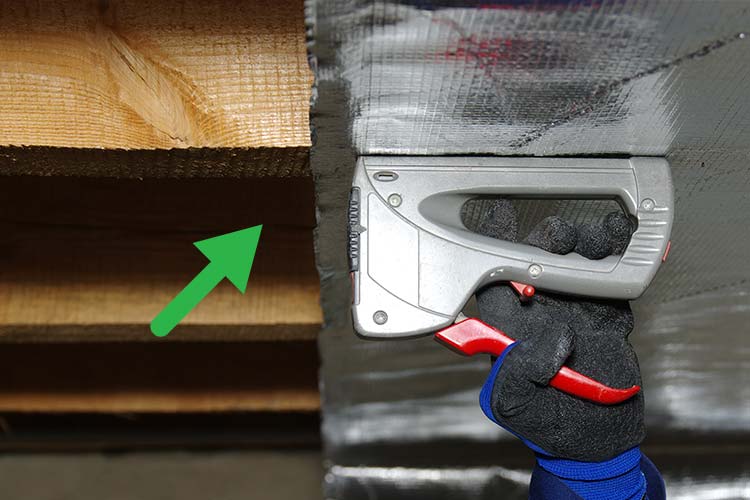
The importance of air space in radiant barrier applications
In order for a radiant barrier to be effective, it requires an air gap on at least 1 side of the product. If you sandwich a radiant barrier between two solid materials, heat will quickly conduct through it, rendering it ineffective.
A common is example is stainless insulated cups like Yetis or tumblers. These products use an air space (or vacuum) between the inner and outer layers to keep radiant heat from penetrating through. Radiant barriers work on this same principle. This air gap is very important—it allows the radiant barrier to reflect nearly all (96%) radiant heat effectively, without allowing it to convert into conductive heat.

R-Value of Radiant Barriers
Most radiant barriers themselves have little to no R-Value. This is because they have been engineered to prevent radiant heat transer and work in a completely different way than traditional insulations. R-Value is determined by a material's ability to prevent heat transfer from hot to cold, which includes conduction and convection. There are some companies out there posting big R-Value numbers for their radiant barriers, but those numbers are generally rating the system. This means they are including the product, dead airspace, building materials, etc. If you are trying to satisfy a building code of a specified R-Value, you will need to use a traditional insulation in conjunction with our radiant barrier in order to meet code.
Common Radiant Barriers Products:
-
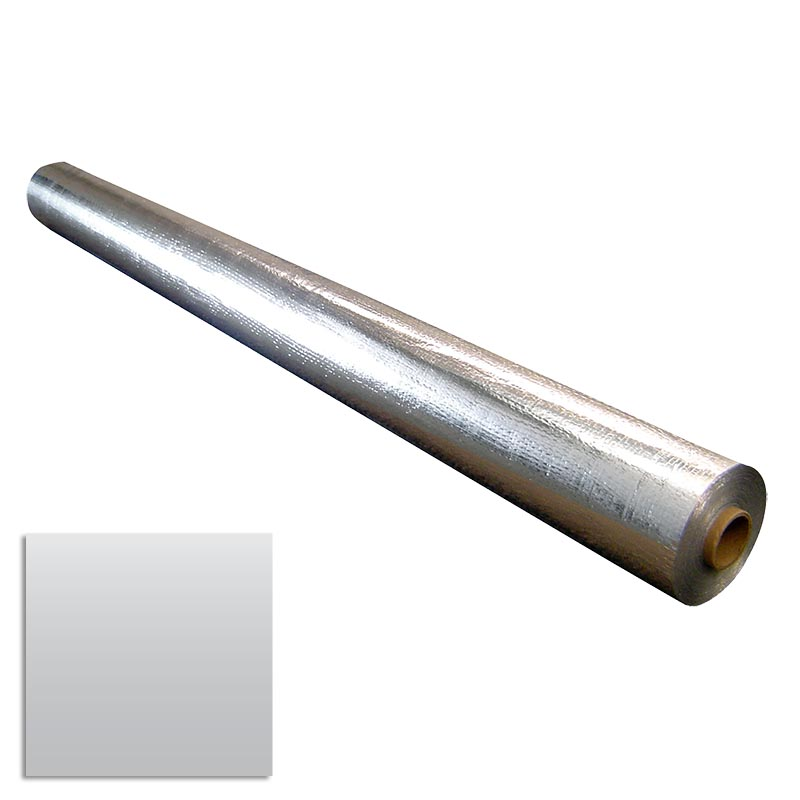
Radiant Barrier Foil
Reflect heat back to its source with lightweight and easy-to-handle EcoFoil Radiant...
-
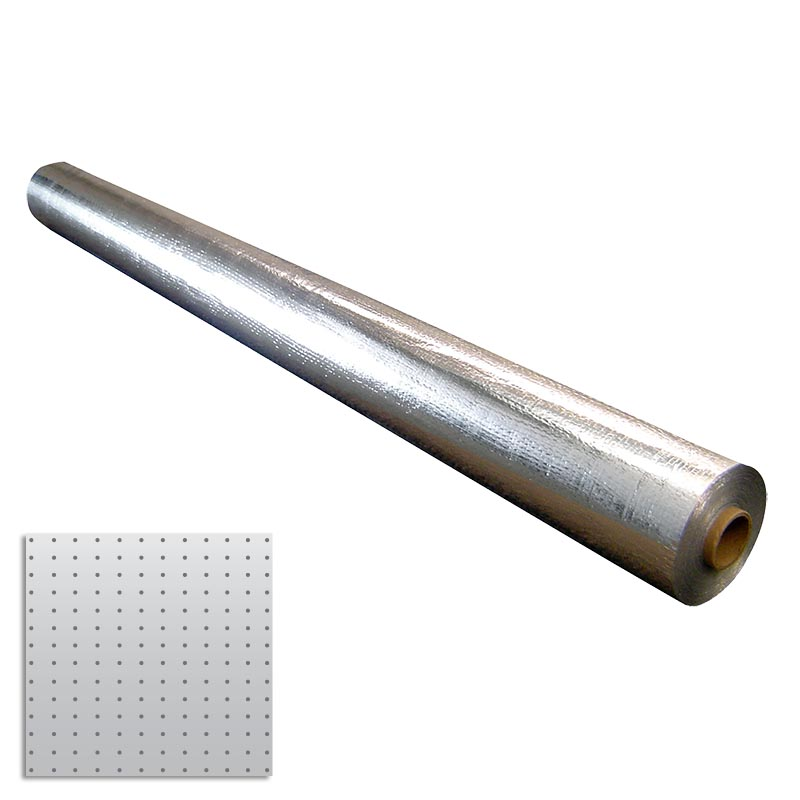
Perforated Radiant Barrier Foil
Ecofoil's Perforated Radiant Barrier effectively blocks heat transfer and allows moisture vapor...
-
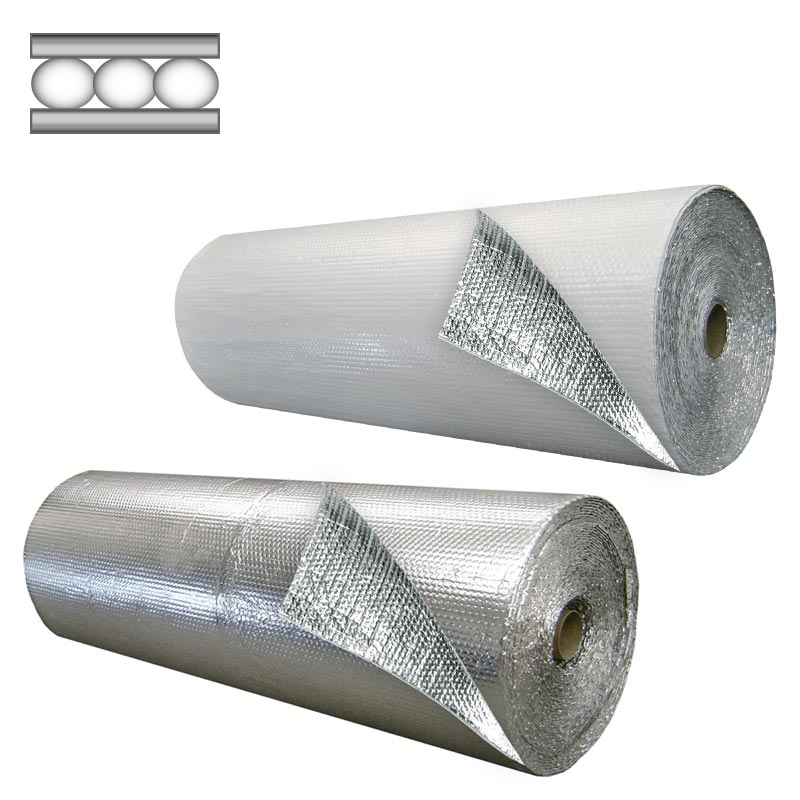
Single Bubble Insulation
Single bubble insulation is a cost-effective way to keep your building cooler...
-
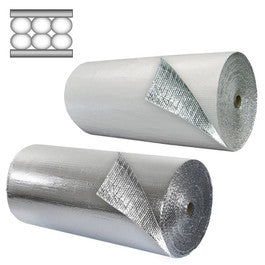
Double Bubble Insulation
Double bubble foil insulation reflects radiant heat and prevents heat gain/loss, improving...
-
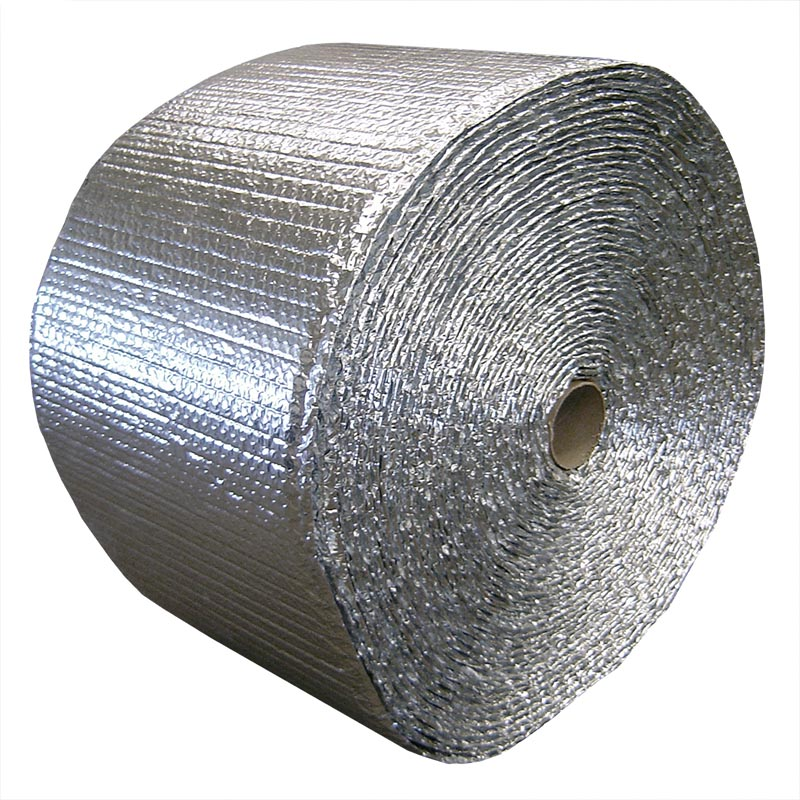
Between Joist Insulation
Insulate your floor or wall space with EcoFoil Between Joist Insulation. Adding...
-
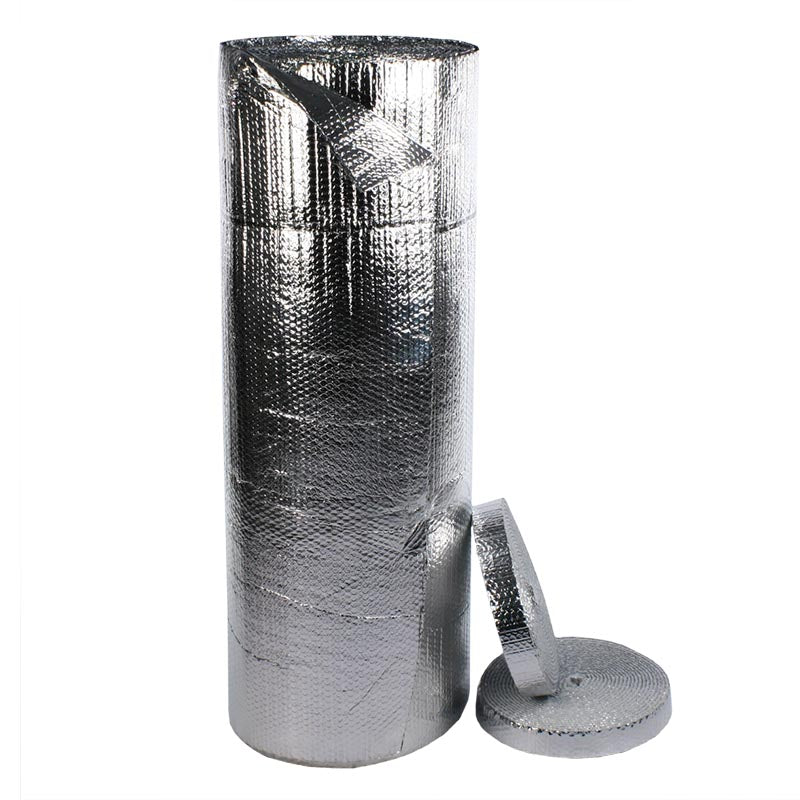
R8 Bubble Wrap Duct Insulation
What is Bubble Wrap Duct Insulation? HVAC bubble wrap is a convenient...
-
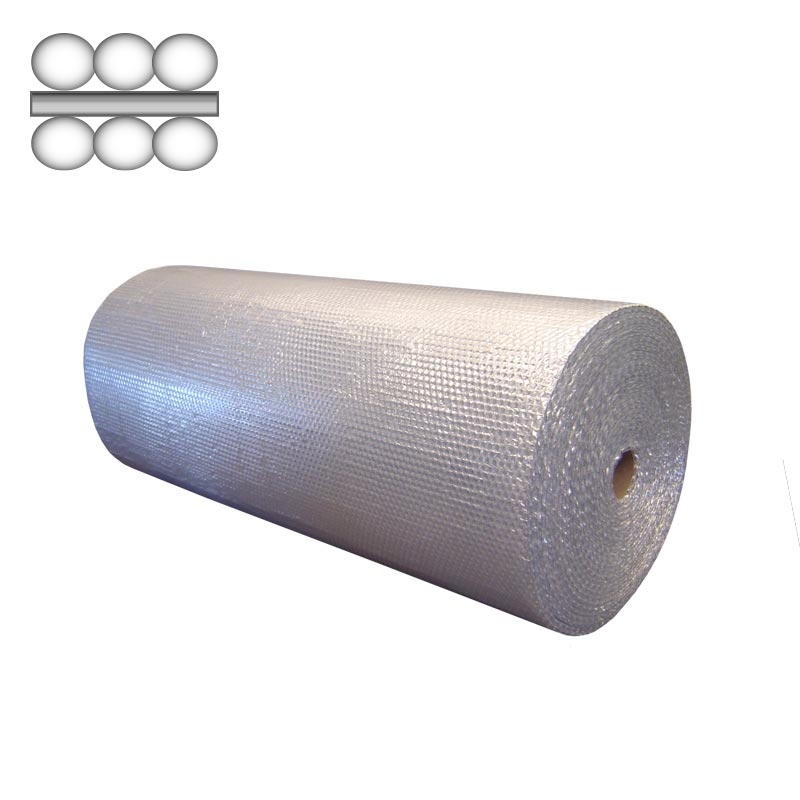
Under Slab Insulation
EcoFoil Under Slab Insulation is manufactured with a layer of metalized foil,...
-
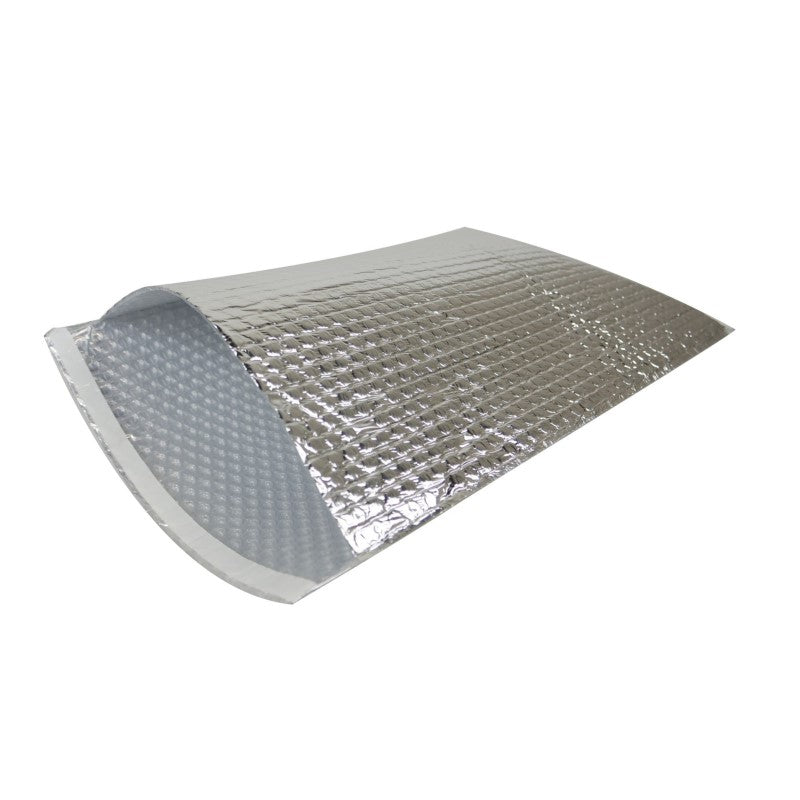
Thermal Bubble Mailers
Thermal Bubble Mailers - Thermal Bubble Mailers are a great solution for when...
-
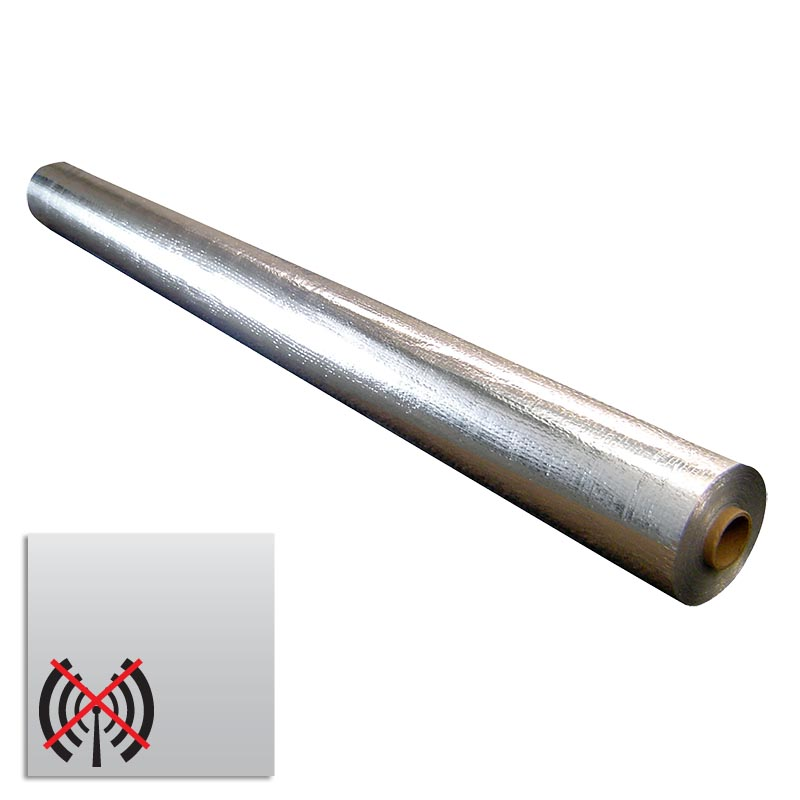
Radio Frequency Shielding for SCIF Rooms
EcoFoil’s selection of RF Shielding products are commonly used in sensitive compartmentalized...
-
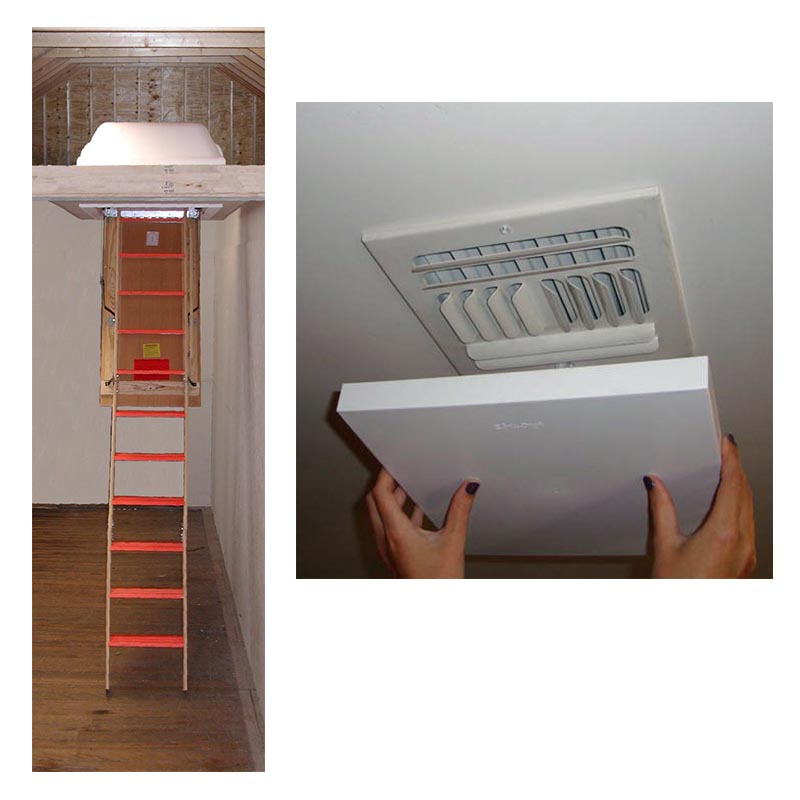
Draft Insulation
Reduce heating and cooling costs year-round During cold months, your A/C vents...
-
Common applications for Radiant Barriers:














